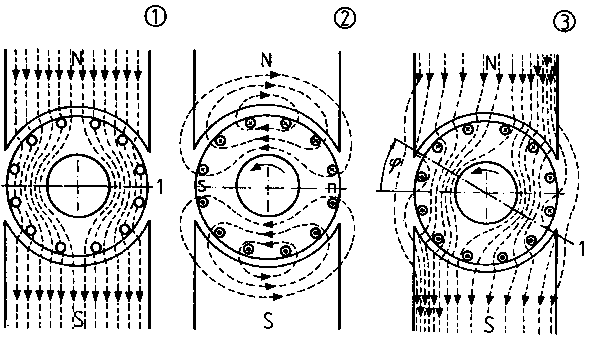I was studying electromagnetism and I tried to link with working of DC motors.
For the speed control of DC motor - The Flux of DC motor is reduced to increase the speed above rated speed.
I understood that as we reduce the flux density(B) due to field coils the back emf produced in the armature coil reduces as per faradays law. So Armature current will increase as per KCL applied in the armature circuit.
Ea= V - Ia*RaThis increase in Armature current produces a further increase in magnetic flux density due to the armature current.
Thus overall Magnetic flux density in the air gap increase. This results for the increase in Magnetic torque on the armature winding due to Lorentz force equation and thus the motor's angular acceleration increases and thus the speed increases.
Is this understanding the right one? Please comment on whether this understanding the right one or any deeper understanding is available.
What happens if I Consider the armature reaction?
I also learnt that Flux weakening is commonly used to achieve motor speeds above rated speed.
As the increase in speed is indirectly achieved my increase in armature current Doesn't this make the current in the armature coil go beyond nominal value or rated value?

